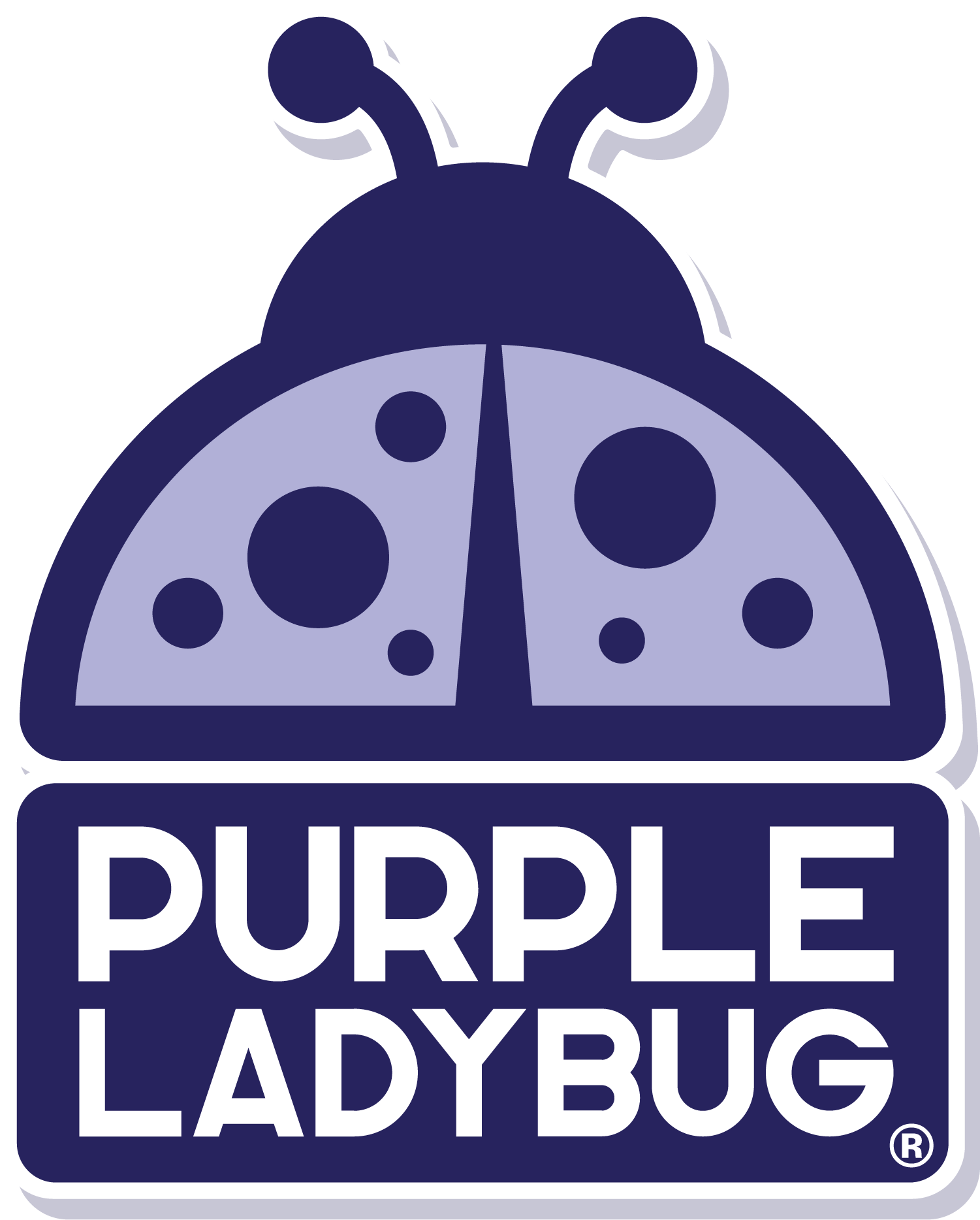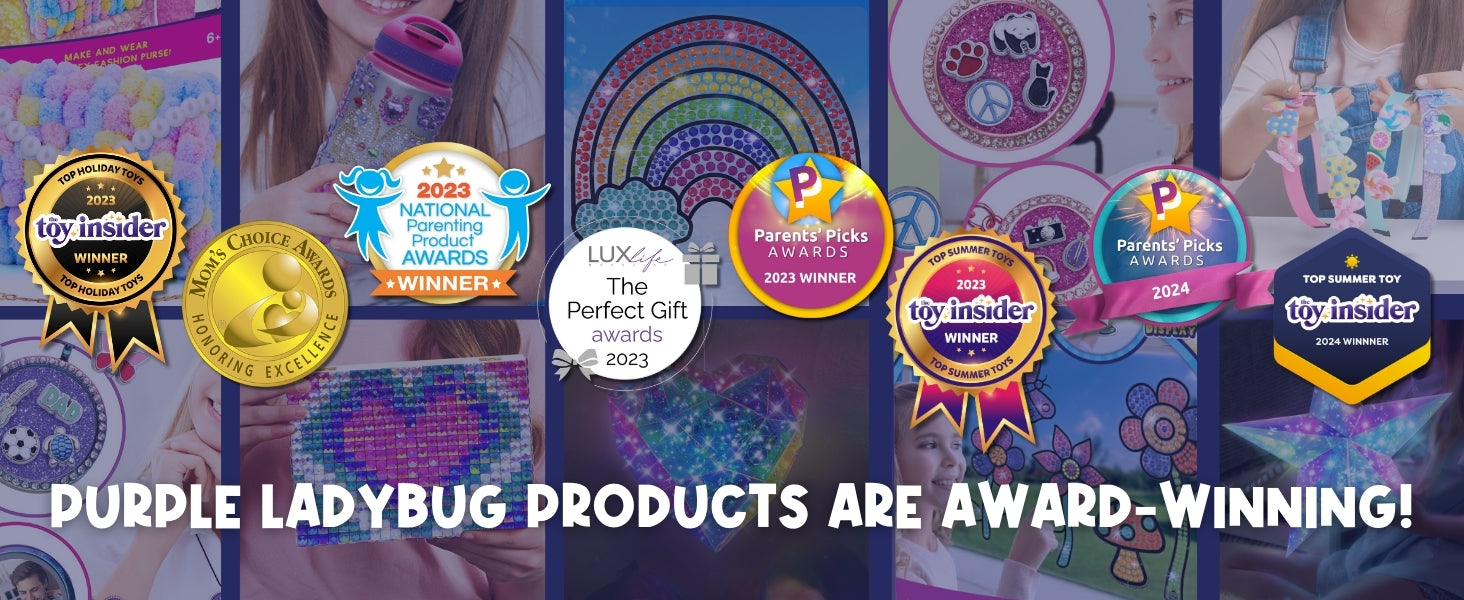Is your curious toddler always asking questions? Take advantage of their natural curiosity and try fun and creative activities together. Studies show that arts and crafts can help promote brain development in young children.
As a parent, you want to give your child the best education possible, and you can make this happen through fun activities that stimulate their minds. Arts and crafts are perfect for kids aged two to four and can provide unique learning experiences.
In this blog, we’ll explore some exciting craft activities you can do with your kids to develop cognitive skills and encourage creativity.
Finger Painting
Finger painting is a great way to encourage creativity and develop children’s artistic skills. You can make it even more fun using different textures like bubble wrap or gift boxes to give them a multi-sensory experience.
Ask questions and talk to them while they’re painting to promote their communication skills. After they finish their artwork, praising their work is important to build their confidence. You can display their paintings in your house as a special memory.
DIY Mosaic Frame
Mosaic art is an excellent tool for enhancing your child’s learning abilities. It introduces them to shapes and patterns, helping them learn how they fit together and create a larger design. Your children can also learn critical thinking and decision-making by choosing colors and shapes to design their mosaics.
Creating a mosaic can be challenging but teaches kids patience and persistence. This can help build resistance and cultivate a growth mindset in the long run.
Pasta Necklace
Making pasta necklaces is a fun and budget-friendly activity your kids can enjoy. You only need a box of uncooked pasta with holes like penne, rigatoni, or ziti and a yarn. Stringing the pasta pieces on the yarn lets your kids develop fine motor skills and hand-eye coordination.
While this activity requires patience, frustration can be a great teacher for developing tolerance and perseverance. Once they’re done, your kids have a one-of-a-kind necklace or bracelet to wear or gift to someone special!
Color Puzzle
Puzzles offer numerous benefits for child development, including cognitive, physical, and emotional development. These activities are engaging and fun, and enhance problem-solving skills and memory retention. It requires kids to think critically and use their imagination, improving spatial awareness and visual recognition.
In addition, puzzles help develop physical skills like hand-eye coordination, fine motor skills, and dexterity. Completing a puzzle is time-consuming and challenging, making it an excellent activity to foster patience and perseverance.
Your kids' sense of accomplishment and satisfaction after completing a puzzle can also boost their confidence and self-esteem.
Make Homemade Play Dough
Making homemade play dough is a great craft activity that teaches your kids to follow instructions, improve fine motor skills, and provide a sensory experience.
By following an easy recipe (like this gluten-free play dough), you can easily learn how to make play dough – and learn patience while waiting for it to cook and cool!
Once your play dough is ready, you can show your child how to roll it out, flatten it into a pancake, or shape it into different objects. Your kids will surely have hours of fun creating their crafty masterpieces!
Tracing Letters and Numbers

Tracing letters and numbers is a great way to encourage your toddler’s early learning abilities. Adding paint, stickers, or pipe cleaners to their tracing practice makes it fun and imaginative.
Tracing improves their fine motor skills and hand-eye coordination as they learn to control different tools and materials. It can also help them recognize and understand letters and numbers, laying the foundation for future math and reading skills.
You can print out FREE tracing worksheets here: https://plbfun.com/products/handwriting-printables
Tie Dye Art
Tie-dye art is a great way for kids to work together and learn how to share and cooperate with others. You can do this activity at home with an adult or in a group setting with friends. Tie-dye art allows kids to appreciate differences, build relationships, and develop trust.
Aside from promoting social skills, tie-dye art can stimulate the senses and improve fine motor skills and hand-eye coordination. The wet and cold textures can be a fun sensory experience for kids, and untying rubber bands can improve coordination skills.
Watch the tutorial here: https://youtu.be/9Qc0UVgpgAY
The Bottom Line
Engaging in arts and crafts activities offers many benefits for children’s development. From enhancing cognitive and motor skills to promoting social and emotional growth, creative expression through art can positively impact a child’s well-being.
Parents, caregivers, and educators can use simple and affordable materials like paper, paint, glue, and pasta to allow children to explore their creativity, build confidence, and have fun while learning.
Let’s encourage our children to engage in arts and crafts and watch them grow and thrive!




